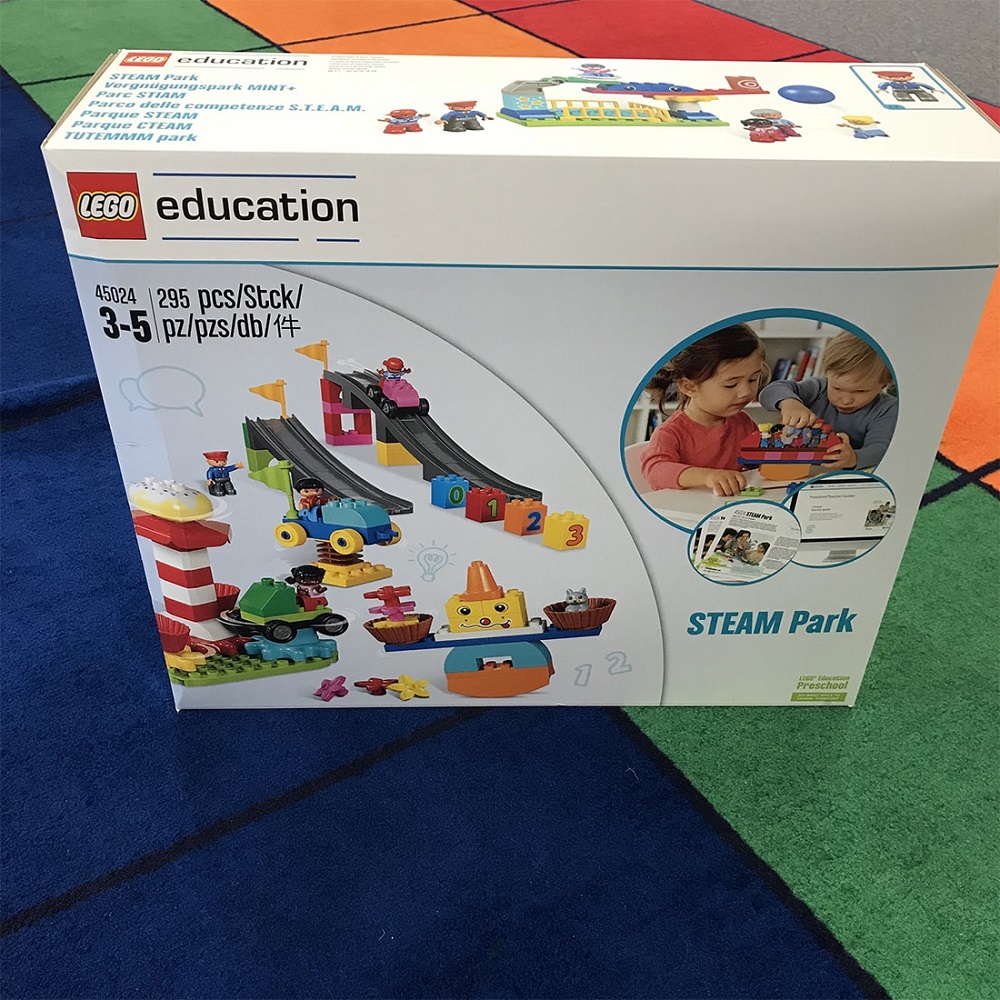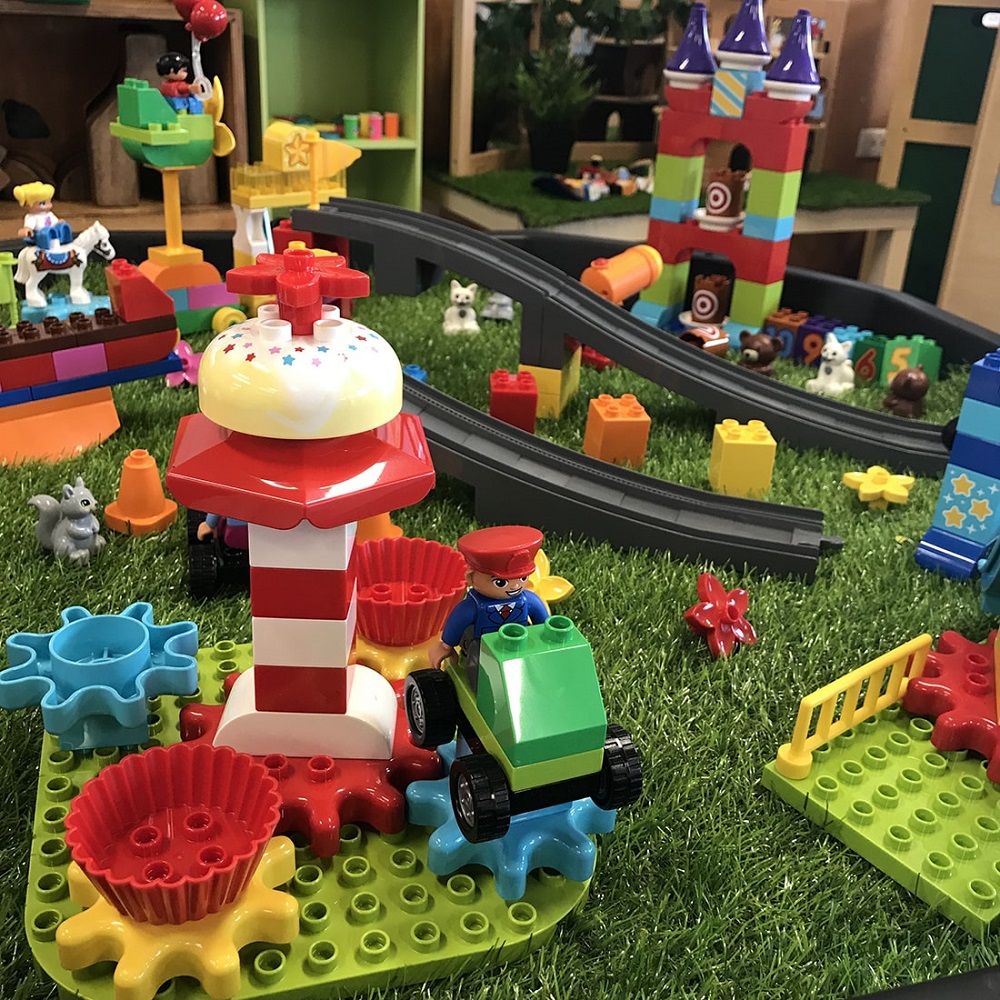STEAM – it’s a word that we’ve been hearing a lot of over the past few years. This year, the school I’m working at has STEAM as a focus for learning, so I have been particularly interested in learning more about this learning area and how I can integrate it into my Prep classroom.
In this blog I’m going to discuss the following;
- What is STEAM?
- Why is STEAM important?
- How can you integrate STEAM into your classroom?
I will also introduce you to a fantastic STEAM resource from LEGO Education® and show you how I have used this successfully in my classroom.
What is STEAM?
STEAM stands for science, technology, engineering, the arts and mathematics. Rather than teaching these curriculum areas in isolation, STEAM is about combining these subjects together, so that elements of each discipline can be employed to increase understanding and provide “real-world” learning experiences. It’s a movement in education that has been gaining momentum as it is integrated into more and more classrooms all around the world. In STEAM education, students are encouraged to use a mix of traditional classroom teaching, online resources and hands-on experiences to achieve a learning outcome.
Why is STEAM important?
Preparing students for the future
One of the key quotes I remember from university is “we are preparing students for jobs that don’t even exist yet”. With this quote in mind, it is crucial that we, as teachers, are furnishing students with the tools, not just the content, that will equip them for any future. The blended model of STEAM gives students the opportunity to experience learning in different ways and in doing so promotes essential skills such as innovative and creative thinking and problem-solving. Many of the skills developed through STEAM activities go well beyond the subject area, including collaboration, estimating, predicting, measuring and communicating.
Play is the way
I am a big advocate for learning through play (surprise, surprise!) so I love the fact that STEAM is all about hands-on, fun learning. Learning by doing is an essential part of teaching young students so experiential learning is one reason why STEAM education is so successful in the early years. STEAM activities that involve experimentation, discovery, building or collecting things are play-based learning ideas that early years students love. Young students who develop an enjoyment of the learning process tend to go on to have the most success at school.
What kind of STEAM activities can you do in your classroom?
There are so many engaging STEAM activities that you can do in the early years classroom. Building bridges, making parachutes, making a boat that can float are just some of the possibilities. A quick search for ‘STEAM ideas’ on Google or Pinterest will generate a plethora of great activities to do with your little ones. Some of the best materials for a variety of STEAM learning activities in the early years are:
- Pipe cleaners
- Paddlepop sticks
- Cardboard tubes
- Cups
- Straws
- Blu tack
- Sticky tape
- Recycled materials such as egg cartons
- Wooden blocks
- LEGO bricks and Duplo bricks
STEAM learning with LEGO Education®
I am a big advocate for top quality educational resources, so I was very grateful to receive a fantastic STEAM Park Building Set (295 pieces) to use with my students. The STEAM Park is an excellent building and construction set from LEGO Education. When I received this product, I knew straight away that it would be a great resource for my Prep students to engage with and develop their STEAM skills. It encourages children to create, explore and investigate early science, technology, engineering, arts and maths (STEAM) concepts through creative play.

Before I introduced the LEGO Education resource, as a group we brainstormed what an amusement park looks like – What amusement parks have you been to? Who did you go with? What do you do there? What types of rides are there? This collaborative conversation set the scene to introduce our LEGO Education STEAM Park activity.
We tipped out all of the pieces onto our rainbow rug and began building. We worked in small groups to create the different constructions and followed the building card guides. These building card guides inspired our constructions and investigations. I loved hearing the rich conversations between my students as they engaged with this task. They worked very effectively together and teamwork was very evident.

As my students engaged with this LEGO Education resource they demonstrated a range of skills including:
- Turn taking
- Teamwork
- Problem solving
- Critical thinking
- Fine motor skills
- Construction skills
- Oral language skills
Once we completed the building card guides, we arranged our construction in our Active World Tray. Once everything was set up, it was time to play! It was wonderful seeing my students engage in dramatic play and hands-on learning as they immersed themselves in our STEAM park. It was clear that making the park was just as fun and meaningful for my students as playing with the final product.

Without a doubt, my students’ favourite part of the LEGO Education STEAM Park was experimenting with the moving rides, where they explored the concepts of gears, balance and movement. Pushing the car down the sloping track, turning the gears on the teacup ride and moving the seesaw back and forth were some of the different ways my students experimented with movement. Their ABSOLUTE favourite movement activity was using the cannon ball to knock the loose pieces off the tower. They thought this was “SOOO COOL!”
I will definitely be using the LEGO Education STEAM Park resource throughout the year to integrate STEAM learning into my classroom. Next time, I plan on getting my students to draw and plan their amusement parks before we start building, which will add an extra element of design engineering and forward thinking.
Feature product: LEGO Education STEAM Park

ABOUT THE AUTHOR:
Heidi Overbye from Learning Through Play is a Brisbane based, Early Years Teacher. Since graduating with a Bachelor of Education (Early Childhood), she has worked in a kindergarten setting with children aged 3-5 preparing them for school. Heidi is an advocate for play- based learning, stimulating and creative learning spaces, and, the power of imaginative play. Heidi’s Instagram page @learning.through.play and blog have loads of activities, recommendations and ideas for little ones.
How do you incorporate STEAM learning into your classroom? We would love to hear from you!

